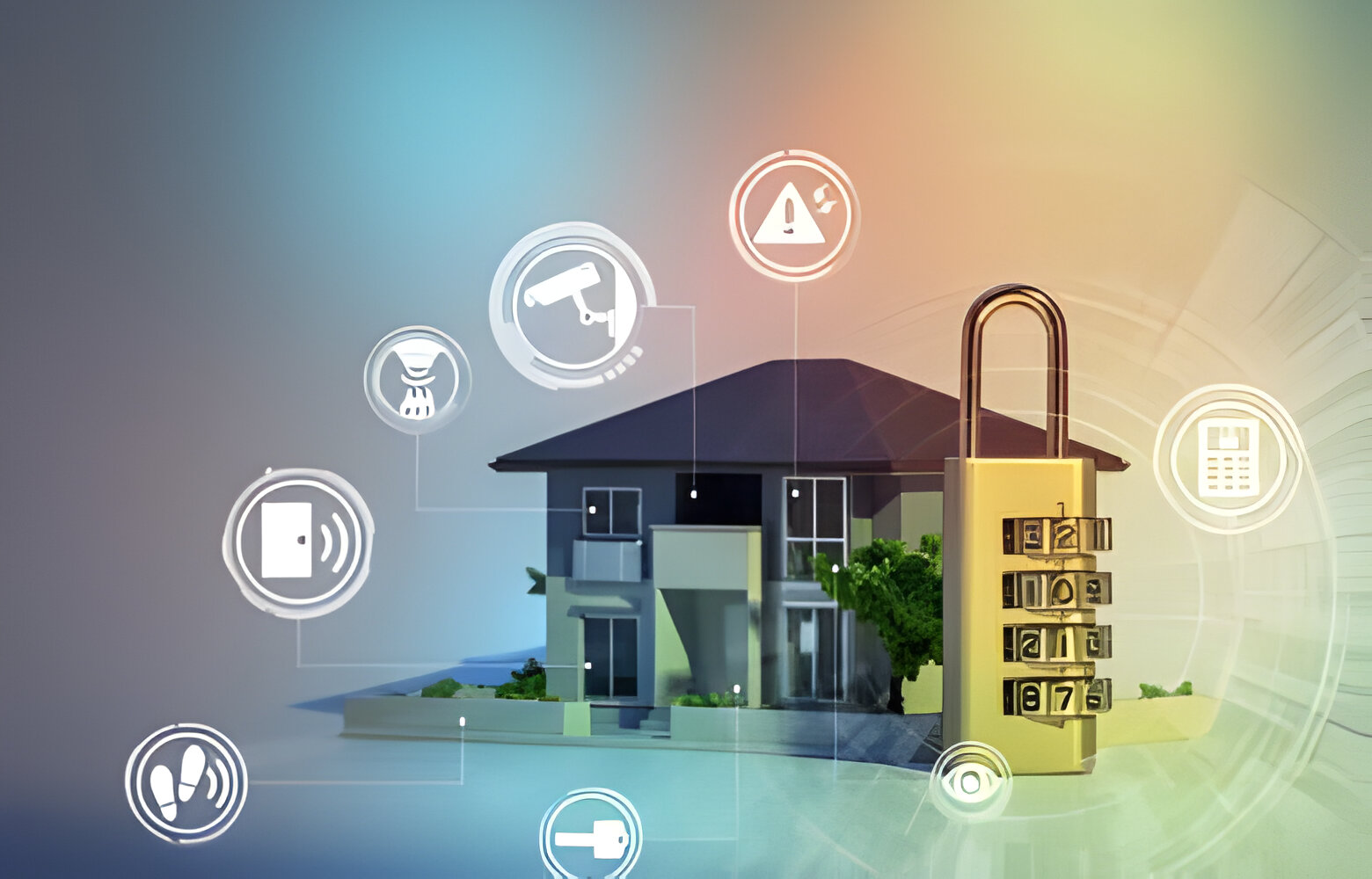Cloud Forensic
Cloud forensics, also known as cloud computing forensics or digital forensics in cloud environments, is the practice of collecting, preserving, analyzing, and presenting digital evidence from cloud computing systems and services. It involves applying traditional forensic principles and techniques to investigate incidents, breaches, or other unauthorized activities that occur within cloud infrastructure, platforms, or applications.
Investigating the challenges and techniques associated with collecting and analyzing digital evidence stored in cloud environments such as AWS, Azure, and Google Cloud Platform.
Cloud forensics involves investigating digital evidence stored in cloud environments like AWS, Azure, and Google Cloud Platform (GCP). This area presents unique challenges and requires specialized techniques due to the distributed nature of cloud computing.
Here are some of the key challenges and techniques associated with collecting and analyzing digital evidence in cloud environments:
Challenges:
Data Fragmentation: Data in cloud environments can be distributed across multiple servers, regions, and even continents. This fragmentation makes it challenging to collect all relevant evidence in one location.
Shared Resources: Cloud services are often shared among multiple users and organizations. This can lead to the mixing of data and make it difficult to isolate and identify relevant evidence.
Elasticity and Transience: Cloud environments are highly dynamic, with resources being provisioned and de-provisioned on-demand. Evidence may be deleted or moved rapidly, making it challenging to preserve and collect in a timely manner.
Encryption and Access Controls: Cloud providers typically offer encryption and access control mechanisms to protect data. This adds complexity to the forensic process, as investigators may need to obtain keys or permissions to access encrypted data.
Legal and Jurisdictional Issues: Cloud data may be subject to different legal jurisdictions, depending on where the data is stored and where the investigation is conducted. This can complicate the legal aspects of forensic investigations.
Techniques:
Data Collection: Forensic investigators must use specialized tools and techniques to collect data from cloud environments without altering or contaminating the evidence. This may involve obtaining forensic images of virtual machines, analyzing network traffic logs, and capturing data from cloud storage services.
Log Analysis: Cloud environments generate extensive logs that can provide valuable evidence for forensic investigations. Analyzing these logs can help investigators reconstruct events, identify suspicious activities, and establish timelines.
Memory Forensics: Memory forensics involves analyzing the volatile memory (RAM) of cloud instances to extract information such as running processes, network connections, and cryptographic keys. This can provide valuable insights into the activities occurring on a cloud server.
API Monitoring: Cloud environments often provide APIs for managing resources and accessing data. Monitoring API calls can help investigators track user activities, resource provisioning, and data access events.
Chain of Custody: Maintaining a clear chain of custody is crucial in cloud forensics to ensure the integrity and admissibility of evidence in legal proceedings. This involves documenting every step of the forensic process, from data collection to analysis and presentation in court.
Collaboration with Cloud Providers: Forensic investigators may need to collaborate with cloud service providers to obtain necessary evidence and access to cloud resources. This cooperation can help streamline the investigation process and ensure compliance with legal and regulatory requirements.
Conclusion
Cloud forensics presents a multifaceted landscape, demanding tailored approaches to address its unique challenges. The distributed nature of cloud environments complicates evidence collection, with data fragmentation and shared resources posing significant hurdles. Moreover, the dynamic nature of cloud computing, coupled with encryption and access controls, adds layers of complexity to forensic investigations. To navigate these challenges, practitioners must deploy specialized techniques like log analysis, memory forensics, and API monitoring. Maintaining a meticulous chain of custody is paramount to preserve the integrity and admissibility of evidence in legal proceedings. Collaboration with cloud providers is essential to access necessary resources and ensure compliance with legal and regulatory standards. Ultimately, successful cloud forensics hinges on adept navigation of these challenges and judicious application of specialized techniques.
Discover more from Amigo Cyber
Subscribe to get the latest posts sent to your email.
-
Previous Post
Mobile Device Forensics By Tanuku Lakshmipathi
-
Next Post
Internet of Things (IoT) Forensics











